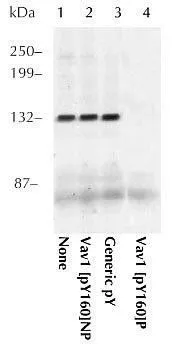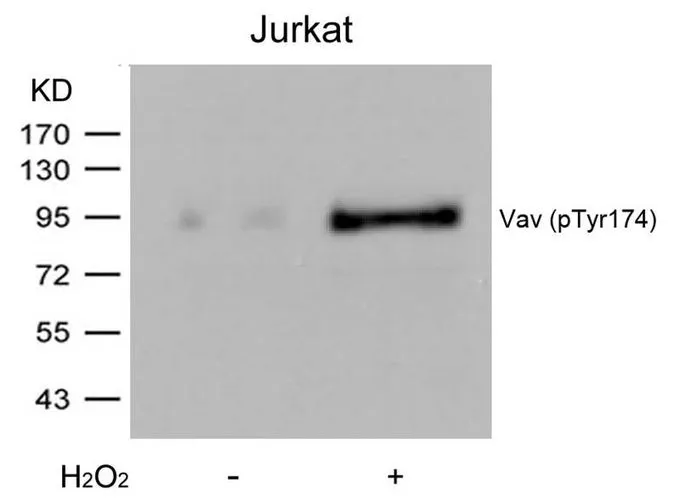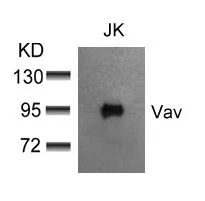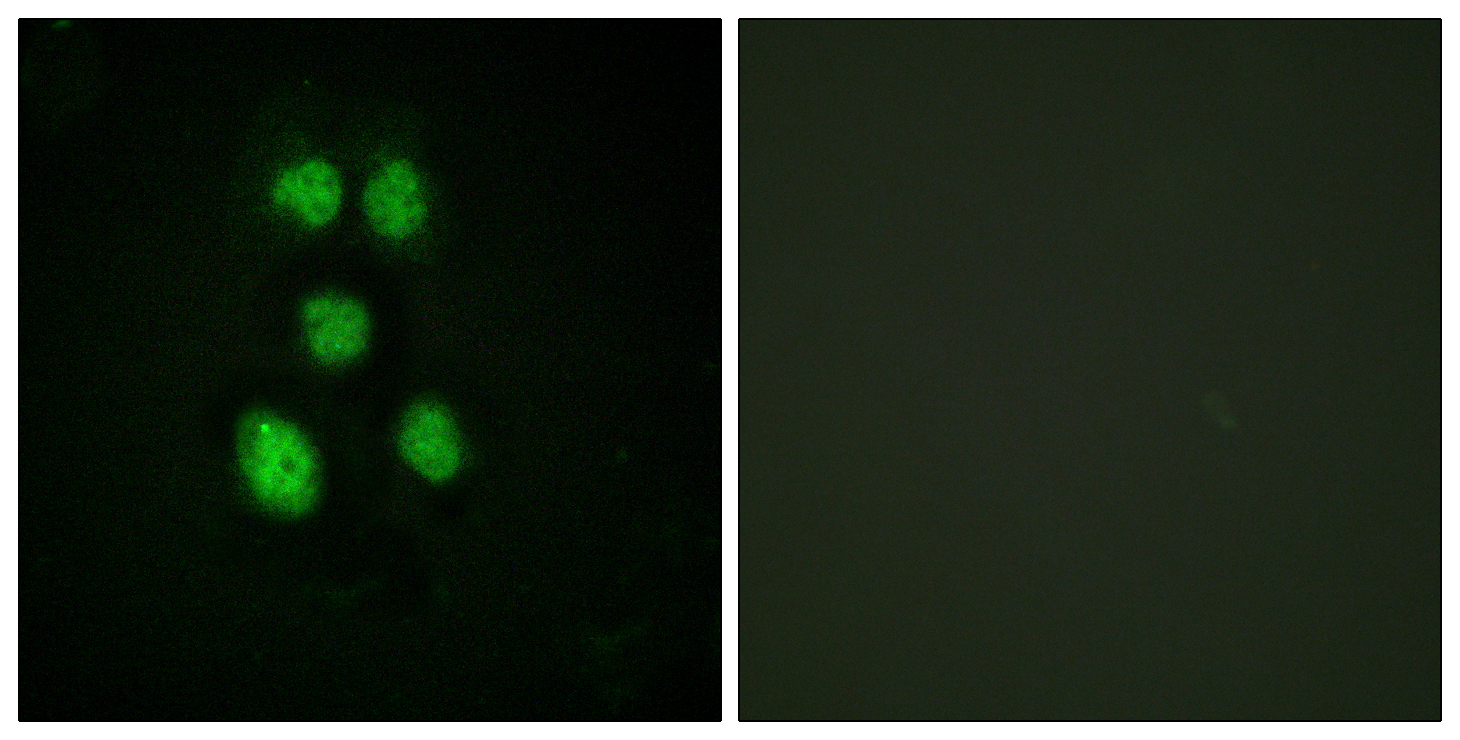VAV1 antibody
GTX103489
ApplicationsImmunoPrecipitation, Western Blot, ImmunoHistoChemistry, ImmunoHistoChemistry Paraffin
Product group Antibodies
TargetVAV1
Overview
- SupplierGeneTex
- Product NameVAV1 antibody
- Delivery Days Customer9
- Application Supplier NoteWB: 1:500-1:3000. IHC-P: 1:100-1:1000. *Optimal dilutions/concentrations should be determined by the researcher.Not tested in other applications.
- ApplicationsImmunoPrecipitation, Western Blot, ImmunoHistoChemistry, ImmunoHistoChemistry Paraffin
- CertificationResearch Use Only
- ClonalityPolyclonal
- Concentration0.49 mg/ml
- ConjugateUnconjugated
- Gene ID7409
- Target nameVAV1
- Target descriptionvav guanine nucleotide exchange factor 1
- Target synonymsVAV, proto-oncogene vav, vav 1 guanine nucleotide exchange factor, vav 1 oncogene
- HostRabbit
- IsotypeIgG
- Protein IDP15498
- Protein NameProto-oncogene vav
- Scientific DescriptionThe protein encoded by this proto-oncogene is a member of the Dbl family of guanine nucleotide exchange factors (GEF) for the Rho family of GTP binding proteins. The protein is important in hematopoiesis, playing a role in T-cell and B-cell development and activation. This particular GEF has been identified as the specific binding partner of Nef proteins from HIV-1. Coexpression and binding of these partners initiates profound morphological changes, cytoskeletal rearrangements and the JNK/SAPK signaling cascade, leading to increased levels of viral transcription and replication. [provided by RefSeq]
- Storage Instruction-20°C or -80°C,2°C to 8°C
- UNSPSC12352203



![ELISA analysis of antigen using GTX60621 VAV1 antibody [2E11]. Black : Control antigen 100ng Purple : Antigen 10ng Blue : Antigen 50ng Red : Antigen 100ng](https://www.genetex.com/upload/website/prouct_img/normal/GTX60621/GTX60621_20170912_ELISA_w_23061123_503.webp)


